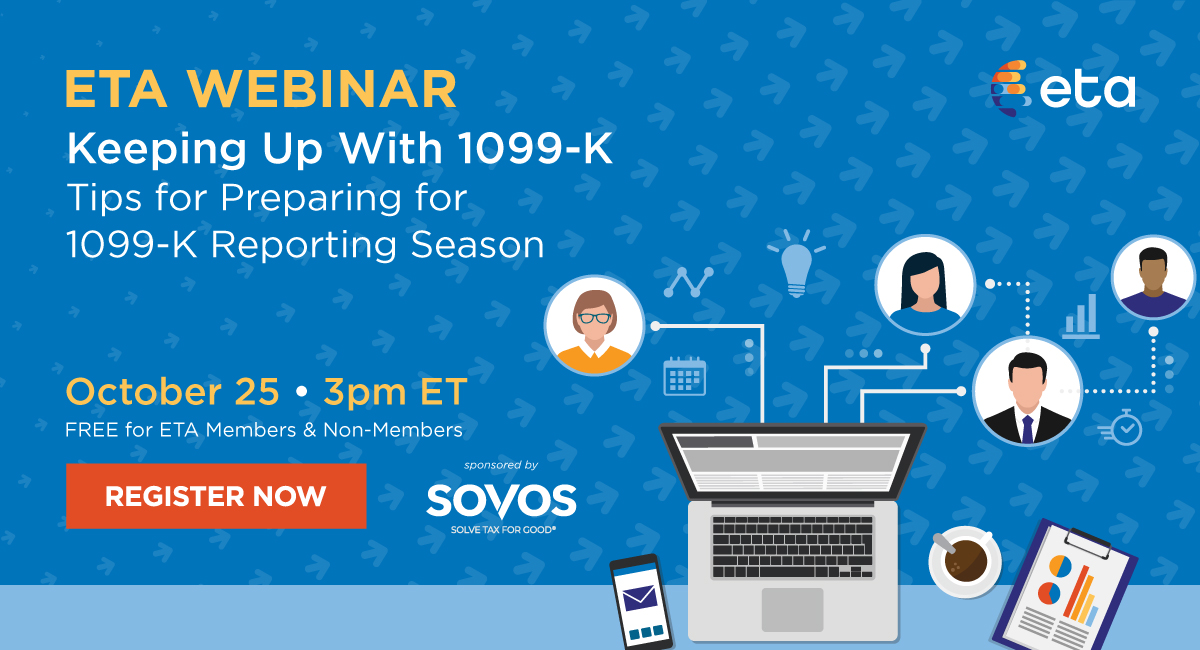Keeping Up With 1099-K
For the 2022 tax reporting season, payment facilitators (PayFacs) and other third-party companies are gearing up to issue many more 1099-K forms than in prior years. The American Rescue Plan Act of 2021 included legislation to align Form 1099-K reporting requirements with other Forms that report goods and services payments to nonemployees– such as Form 1099-NEC and Form 1099-MISC.
Starting with 2022 returns, PayFacs and other third parties must issue Form 1099-K when the aggregate of goods and services payments made to a payee in the calendar year is at least $600. Previously, reporting was only required when the payments aggregated to at least $20,000 and were paid over 200 separate transactions.
Any business required to issue and file 1099’s and other information returns faces inherent risks with the reporting processes. Whether it’s IRS penalty risk for issuing incorrect or late information on forms or internal operational risks in managing the associated backup withholding tax processes.
Attend the sponsored webinar on October 25 to hear from Sovos Solution Principal Wendy Walker to learn how to prepare for the 2022 tax reporting season, including:
- Challenges with preparing Form 1099-K information, including determining who is required to report the 1099-K, identifying what should be reported, and the requirements for reporting to the payees, the IRS, and the states.
- Information about new IRS and state filing systems and processes that will impact your organization– for 2022 and beyond.
- Getting your organization ready – to issue and file forms, respond to payee questions, and other tips to help make withholding and reporting more manageable.
As of November 27, 2023, the IRS released additional guidance further delaying and making changes to the implementation of the lowered Form 1099-K reporting threshold for 2023 returns. Read the recent blog post from Sovos for additional details about the latest Form 1099-K reporting threshold requirements.


